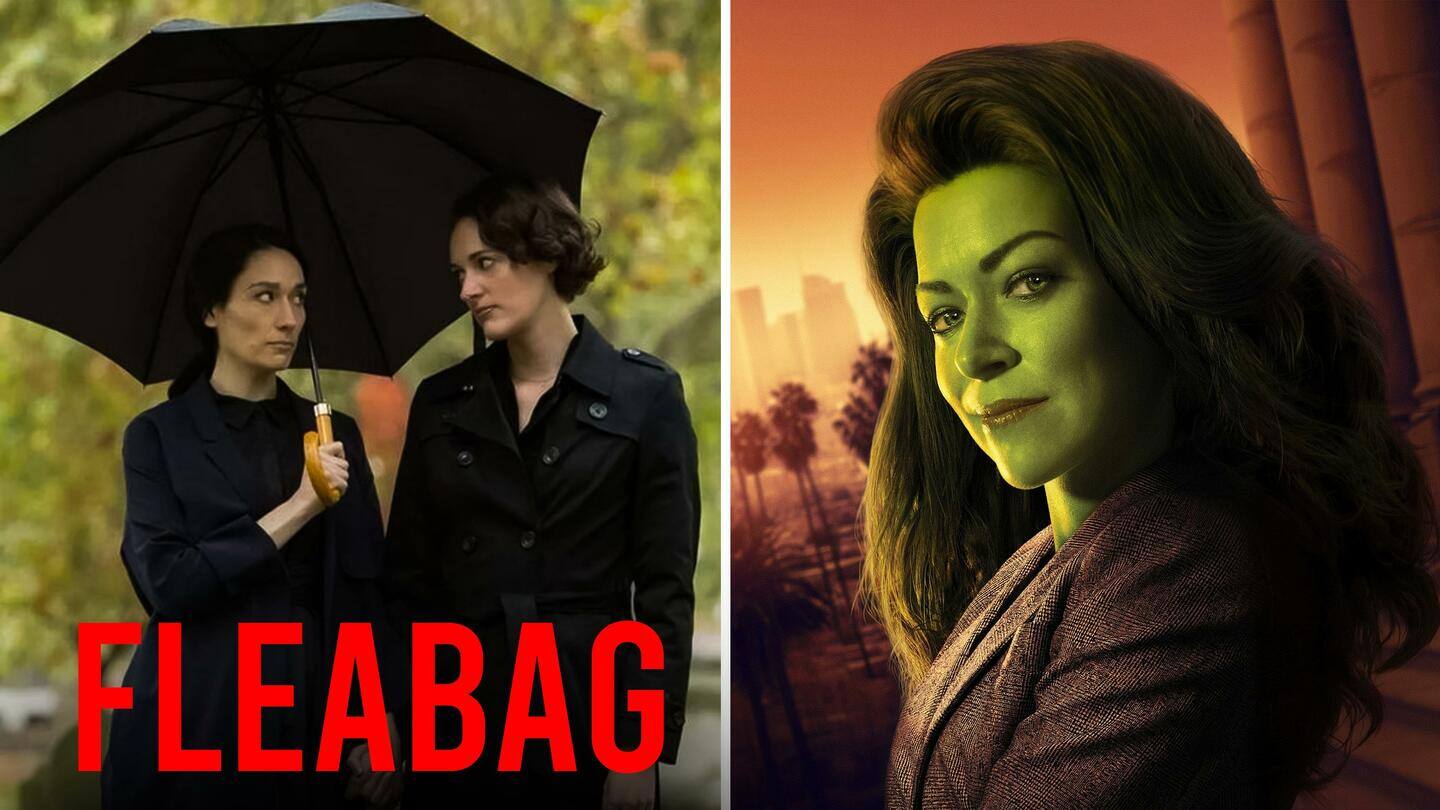
#NewsBytesExplainer: Breaking down the fourth wall in cinema—meaning, prominent examples
What's the story
Do you enjoy all those times when characters in films and TV shows suddenly stop and speak directly to you? Or so it seems. This practice—where the characters break an imaginary 'wall' between them and the viewers and involve them in the story—is known as breaking the fourth wall. It makes the movie/show more intriguing, while also allowing makers some scope for experimentation.
Meaning, definition
Fourth wall separates the real and fictional world
Studio Binder describes the fourth wall as "an imaginary wall that separates the story from the real world. This term comes from the theater, where the three surrounding walls enclose the stage while an invisible fourth wall is left out for the sake of the viewer. The fourth wall is the screen we're watching." It is the demarcation between the reel and the real.
Origin
It originated from theaters, spread to cinema later
Reportedly, the term/concept was developed by French philosopher Denis Diderot, "who believed that by ignoring the audience, performers could more closely imitate reality." "Imagine a huge wall across the front of the stage, separating you from the audience, and behave exactly as if the curtain had never risen." The practice originates in theaters and subsequently became popular in TV shows and several mainstream movies.
Purpose
Why is it used so extensively today?
Breaking the fourth wall helps the character(s) reveal their inner thoughts to the viewers. At times, they can also be seen answering questions that are on the audience's mind, thus making the entire experience an enjoyable affair for the viewer. Usually, when one character breaks the wall, no other character notices or acknowledges this—it's meant for the audience only.
Hollywood examples
Did you notice this practice in these projects?
The practice has been made popular through several Hollywood shows and films. Some examples are She-Hulk: Attorney at Law, Annie Hall, American Psycho, Spaceballs, Funny Games, Ferris Bueller's Day Off, Amélie, Kiss Kiss Bang Bang, High Fidelity, On Her Majesty's Secret Service, Trading Places, Jay and Silent Bob Strike Back, and Lord of War. Marvel characters Deadpool and Loki (subtler) do it, too.
Hindi films
Here are some popular Hindi film examples
In Hindi films, characters may not always speak directly to the camera, but a lot about the character is revealed through their monologues and carefully planted jokes about the film industry. This is visible in movies such as Kal Ho Naa Ho, Shuddh Desi Romance, Lust Stories, Qarib Qarib Singlle, Kabhi Haan Kabhi Naa, Himmatwala, Race 3, and Main Tera Hero, among others.